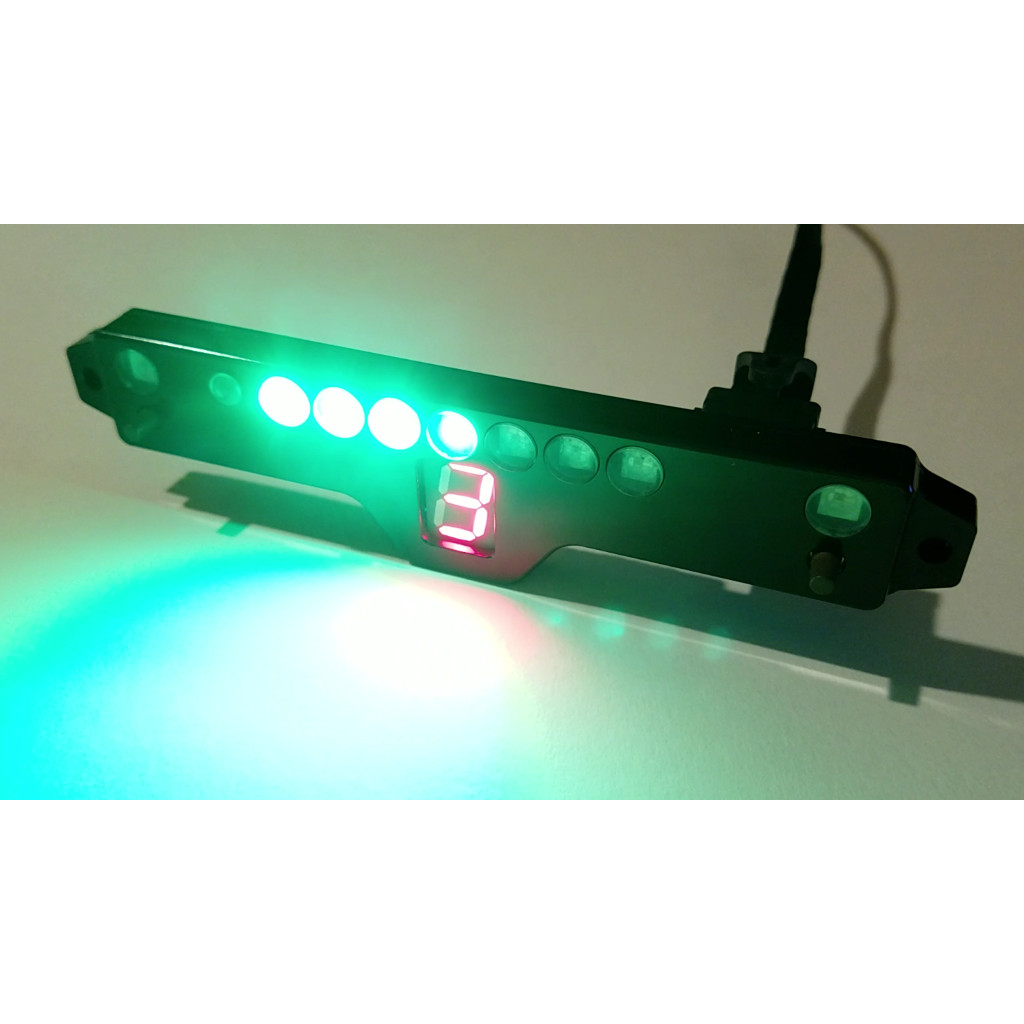

This led to the modern PLC programming languages used throughout the world today. Before PLC’s were commonplace electromechanical devices were used for machine control.Įngineers used ladder diagrams to design control circuits for machines that utilized electromechanical relays and timers.When the PLC was introduced traditional ladder diagrams were used as a basis of developing a programming language to make the transition from designing electromechanical relay circuits to programming virtual relays as seamless as possible. There are several PLC programming languages with PLC ladder logic being the most popular. PLC’s together with Ladder logic has transformed the industrial automation industry.

Plc programming shifting bits for sequential lights software#
The device mentioned above is known as a Programmable Logic Controller or PLC for short and the software that enables this virtual circuit building is known as Ladder Logic or Ladder Diagram. Welcome to the world of industrial automation where the above scenario is played out daily and everywhere in-between. Imagine drawing an electrical circuit on your computer then downloading it into a device that would transform your virtual circuit into a real electrical circuit. We will set the counter to count up to 2 and use a bit to monitor when the counter reaches the desired count.Ladder logic programming is like virtual circuit building To limit the steps to two cycles, we can use a counter instruction in the PLC program. Step 5: Limit steps 1-4 to two cycles (all on, all off, all on, all off). We will set the timer to a 5-second delay and use a bit to monitor when the timer is done. To do this, we can use another timer instruction in the PLC program. Step 4: Use another timer to pause the process for 5 seconds once LEDs 1 through 6 are all turned off. We will then use a timer instruction to control the timing of the shift register. We will need to create a shift register with 6 bits, each representing one LED. To do this, we can use another shift register instruction in the PLC program. Step 3: Generate another shift bit function (SR) to make LEDs 1 through 6 turn off in sequential order, one second apart from each other. The TMR.DN bit is used to monitor when the timer is done. The vertical lines represent the timer clock pulses. Each box represents one bit of the timer, which corresponds to one second of delay. In this ladder diagram, the timer (TMR) is represented by the horizontal line with 6 boxes. To do this, we can use a timer instruction in the PLC program.

Step 2: Utilize a timer to pause the process for 5 seconds once LEDs 1 through 6 are all lit. The vertical lines represent the shift register clock pulses. Each box represents one bit of the shift register, which corresponds to one LED. In this ladder diagram, the shift register (SR) is represented by the horizontal line with 6 boxes. Here is an example ladder logic program for this step: To do this, we can use a shift register instruction in the PLC program. Step 1: Generate a shift bit function (SR) to make LEDs 1 through 6 light up in sequential order, one second apart from each other.


 0 kommentar(er)
0 kommentar(er)
